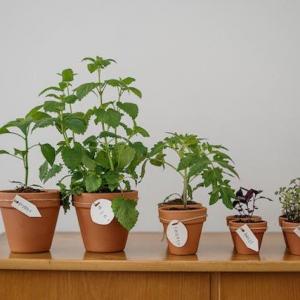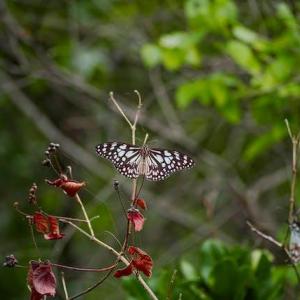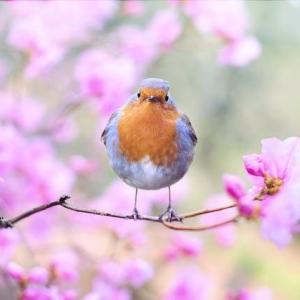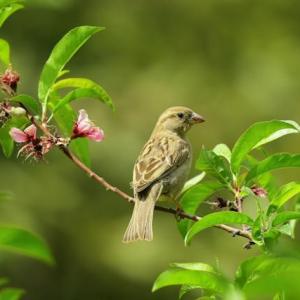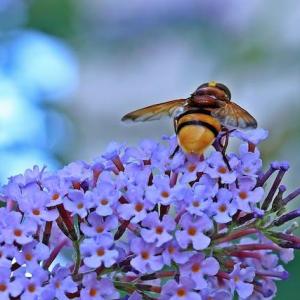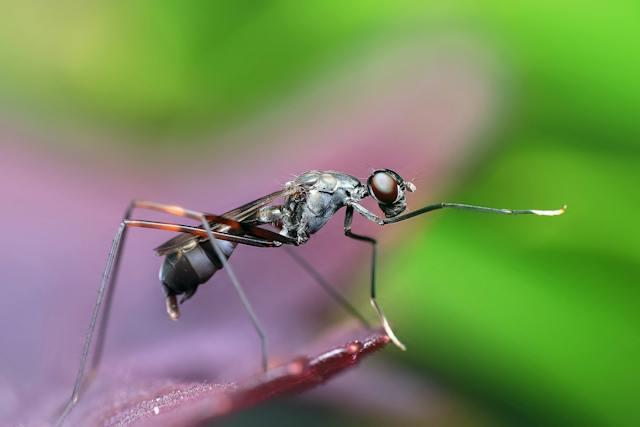
Among the offenders, insects are particularly noteworthy as some of the most frequent and tenacious enemies gardeners encounter. To ensure that your garden grows and blooms, we will examine common garden insects in this article and look at practical ways to manage their abundance.
1. Aphids:
Aphids are soft-bodied, tiny insects that feed on the plant sap, leading to curled and deformed leaves. Due to their fast reproduction, these pests pose a serious risk to your vegetation. Introduce natural predators that prey on aphids, like lacewings and ladybirds, to manage the pest population. Alternatively, you can create a homemade insecticidal soap by mixing mild dish soap with water and then applying it as a mist on affected plants. Aphids are also effectively controlled by neem oil, a naturally occurring insecticide derived from the neem tree.
2. Caterpillars:
Moths and butterflies go through a larval stage called a caterpillar, which is characterized by an intense appetite. They injure foliage, flowers, and fruits when they gnaw on them. A labor-intensive yet environmentally beneficial technique of control is hand-picking caterpillars. Consider employing biological insecticides for more extensive infestations, such as Bacillus thuringiensis (BT), a naturally occurring bacterium that selectively kills caterpillars while sparing beneficial insects from harm.
3. Slugs and Snails:
Leaving slime trails and chewing uneven holes in foliage, slugs and snails are nocturnal pests. They are frequently seen hidden beneath garbage and do well in moist settings. To keep slugs and snails away, consider using physical barriers around your plant pots, such as copper tape, which can give these pests mild electric shocks. Furthermore, beer traps are a practical and environmentally beneficial option. In your garden, place shallow pots filled with beer; slugs and snails will be drawn to the smell and will finally die in the liquid.4. Spider Mites:
Spider mites are tiny arachnids that cause stippled, discolored leaves by feeding on plant sap. They are a common nuisance in many gardens, particularly in hot and dry climates where they thrive. To reduce spider mite numbers, you can use a powerful water jet to frequently mist your plants. Neem oil works wonders as a natural cure for spider mites, upsetting their reproductive and feeding cycles while sparing beneficial insects from harm.5. Ants:
Although ants may not directly injure plants, they safeguard and rear aphids, which emit a sweet material that ants consume. Ants also disturb the soil surrounding plant roots, which hinders the growth of the plants. Find and destroy anthills to control the pest population. Diatomaceous earth and ant baits work well to control ant populations without damaging plants or other beneficial insects.6. Mealybugs:
Mealybugs are small, soft-bodied insects covered in a fluffy, waxy substance. They feed on plant juices and leave behind a sticky residue, which can make your plants look unsightly. To eliminate mealybugs, you can use a cotton swab or a soft brush soaked in rubbing alcohol. Gently dab the affected areas of your plants to remove the mealybugs. Another effective long-term solution is to introduce natural predators like ladybugs into your garden. Ladybugs feed on mealybugs and can help control their population in your garden from the plants.7. Earwigs:
Earwigs are nocturnal insects with pincer-like appendages at the end of their bodies, and they can cause damage to plants, especially flowers and young seedlings, by feeding on them. To effectively control earwigs, you can employ a simple method by placing rolled-up newspaper or cardboard traps near your plants in the evening. Earwigs will seek shelter in these traps, and in the morning, you can shake them out and dispose of the trapped earwigs.8. Japanese Beetles:
Japanese beetles are easily recognizable due to their distinctive shiny, green, and copper-colored appearance. They can cause significant damage to garden plants by feeding on leaves and flowers. An effective method for managing Japanese beetles is handpicking. You can simply pick them off the affected plants and drop them into a bucket of soapy water. This process drowns and eliminates them. You can also use neem oil, a natural insecticide, which can disrupt the feeding and reproductive cycles of Japanese beetles while being safe for other beneficial insects. Beneficial nematodes, which are microscopic worms, can also be used to control their populations in the soil.Conclusion
In summary, the fight against garden pests necessitates the use of eco-friendly tactics, education, and alertness. You can use targeted control techniques without using dangerous pesticides that could endanger wildlife, beneficial insects, and the environment by learning about the life cycles and behavior of common garden insects.If you use these all-natural remedies, you may enjoy the beauty of nature in your backyard while also keeping your garden healthy and pest-free. Remember, that a well-maintained garden is not only an indication of your ability to grow things, but also a balanced ecosystem in which people, plants, and insects all live in harmony.
Article
Be the first comment
Elite Article
107,189 Views
0
0





